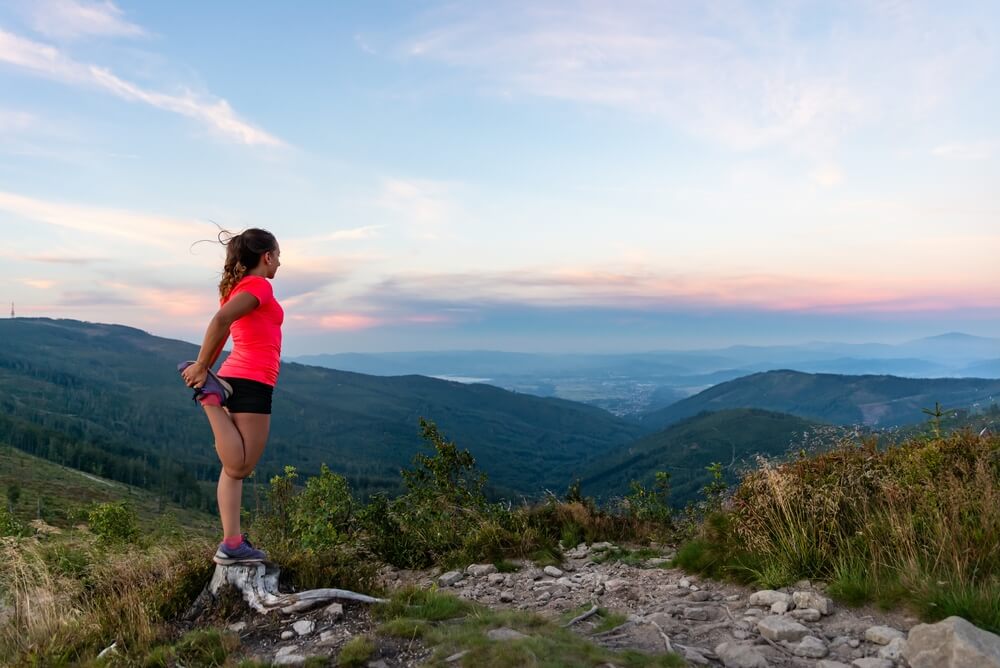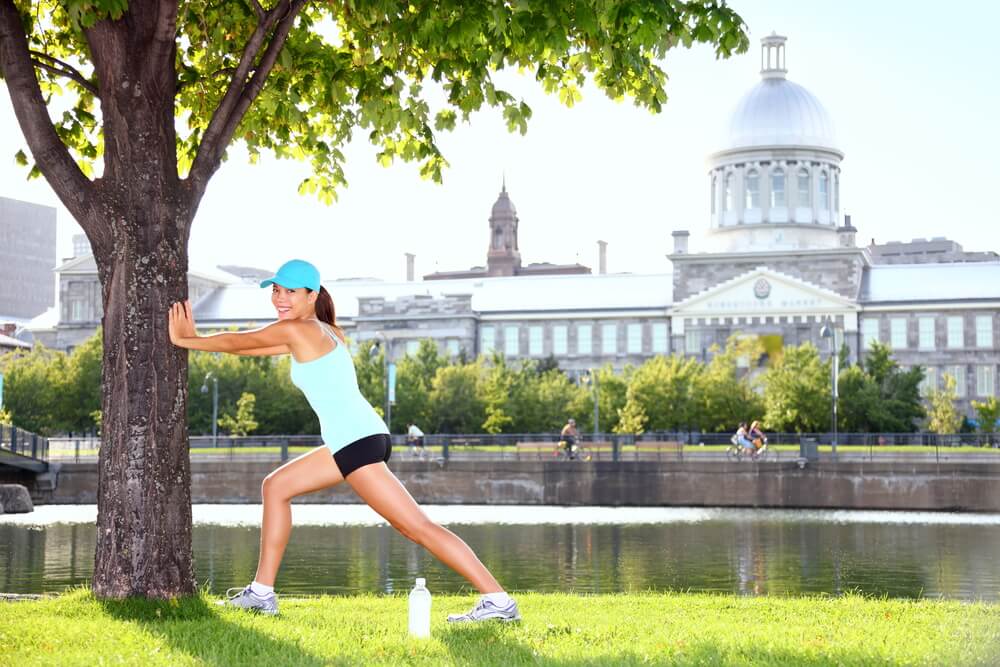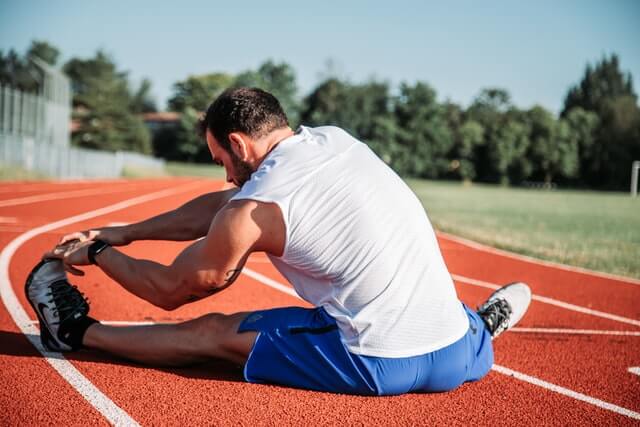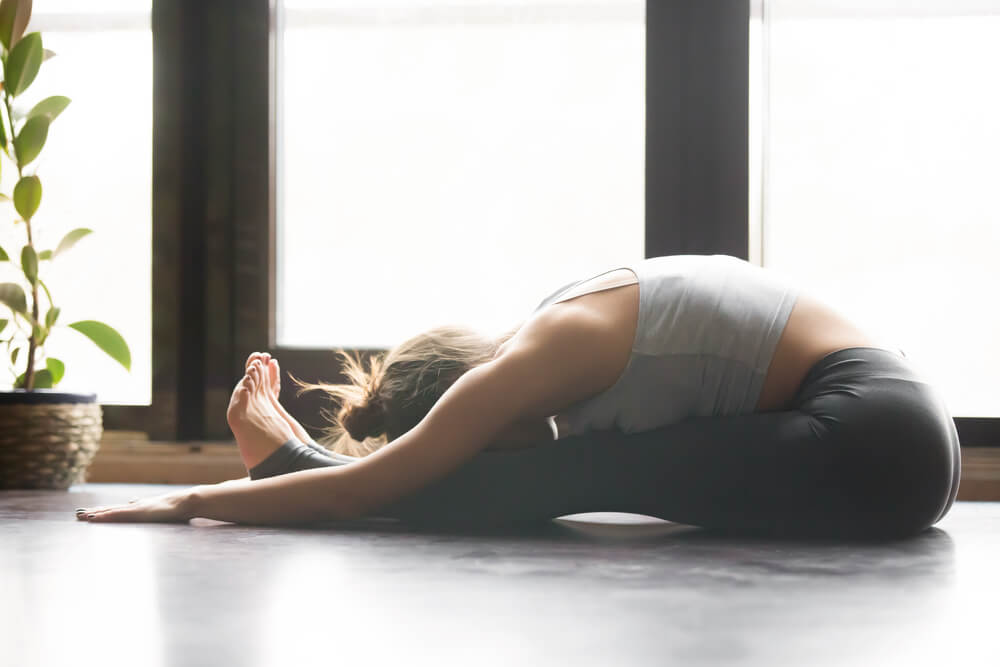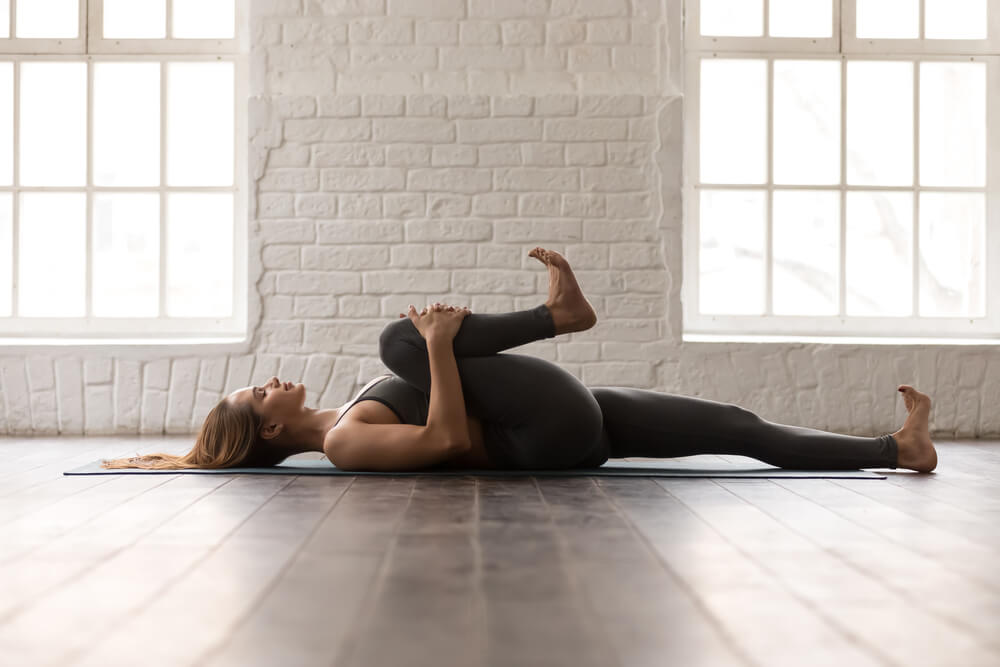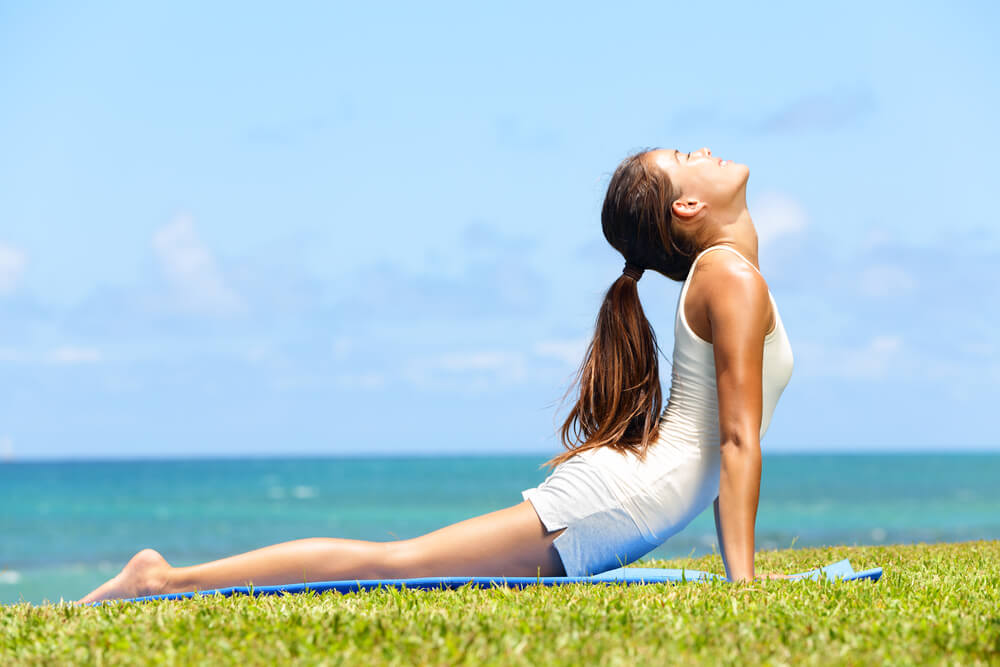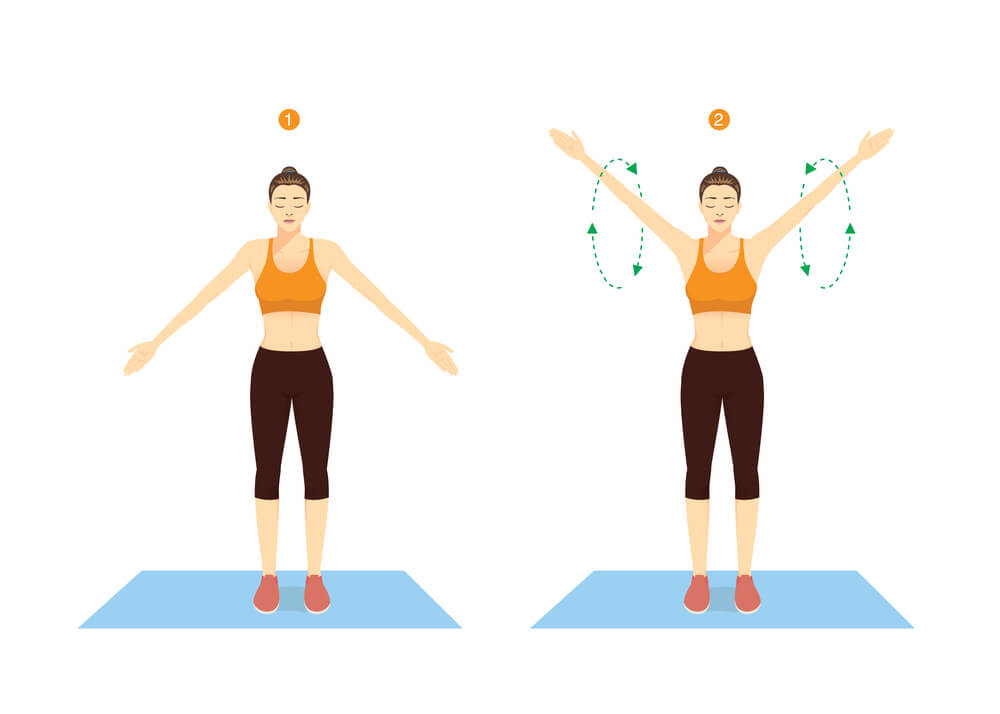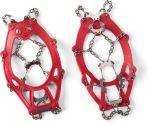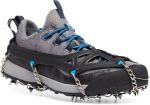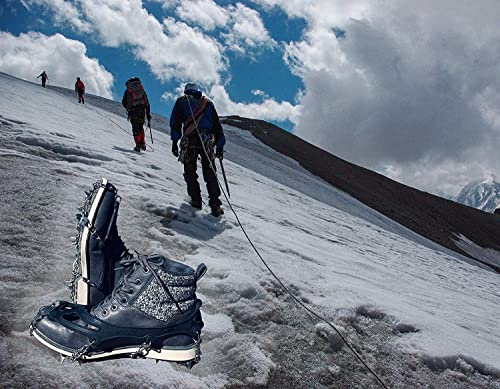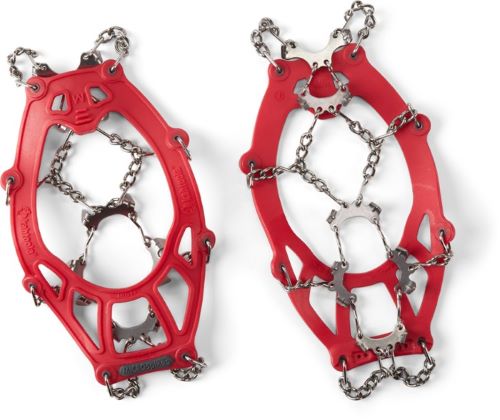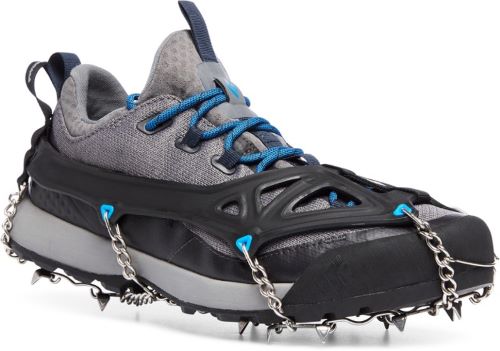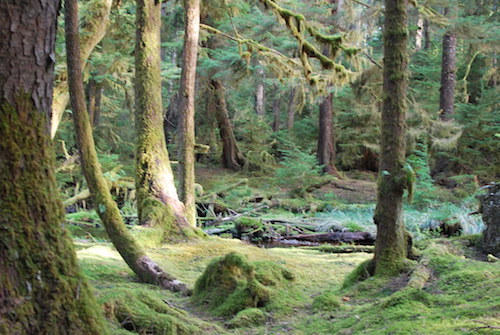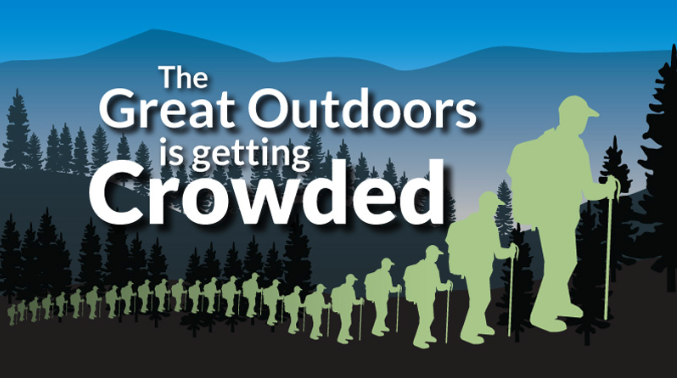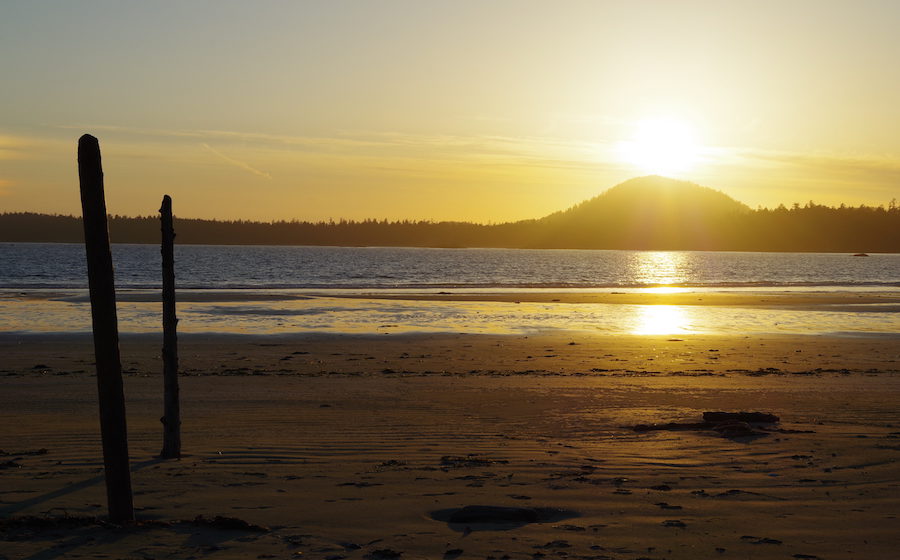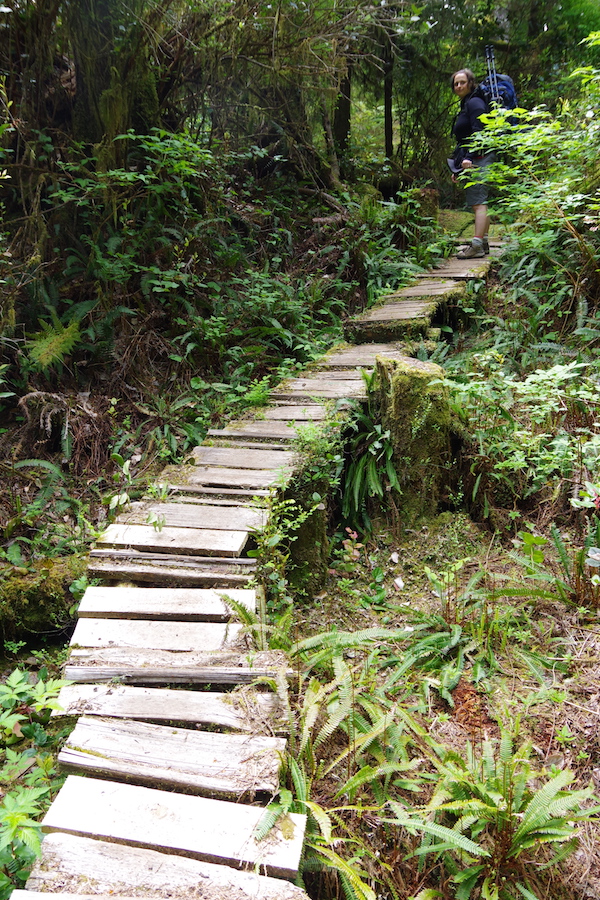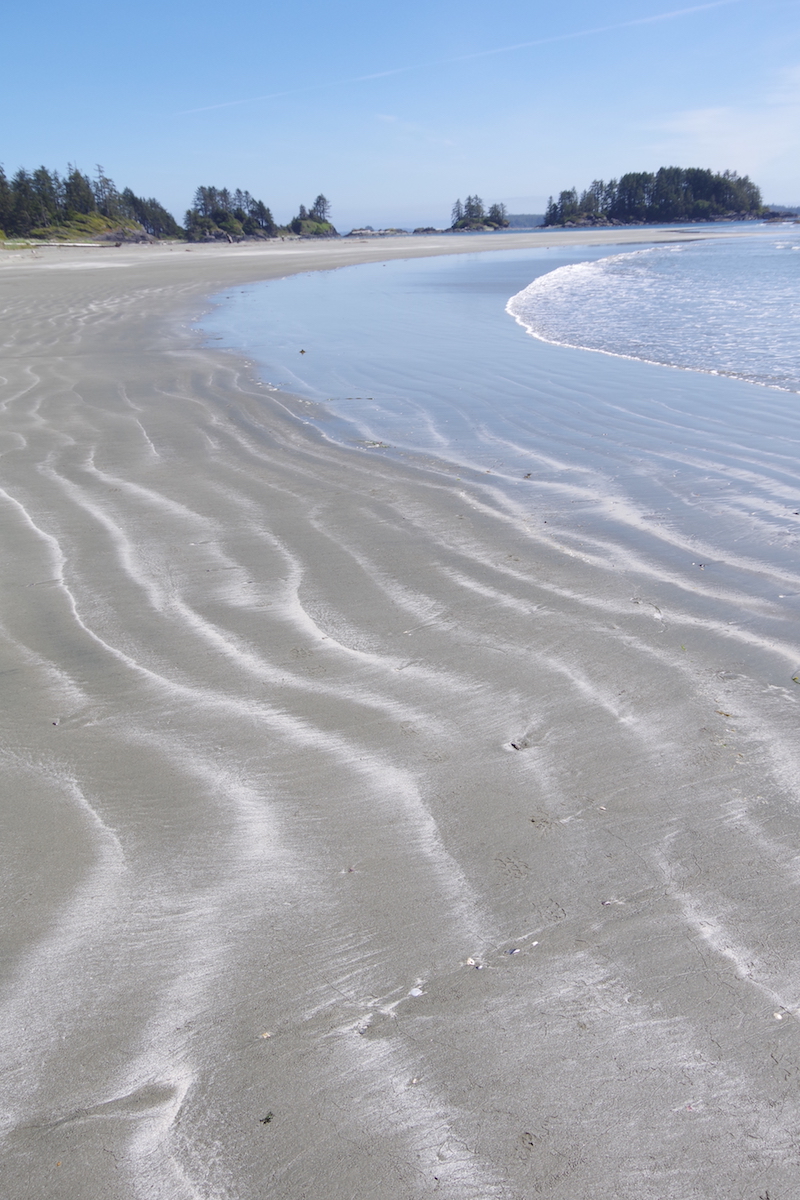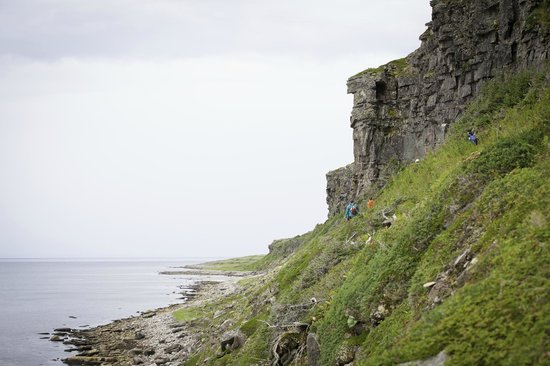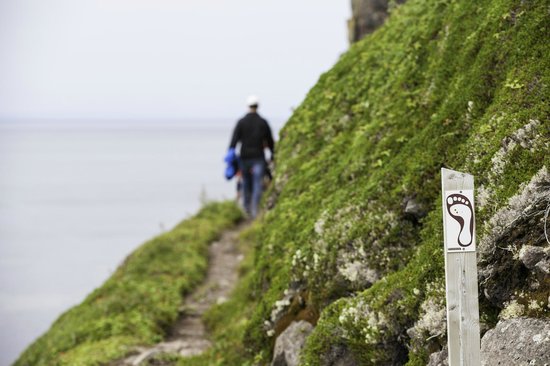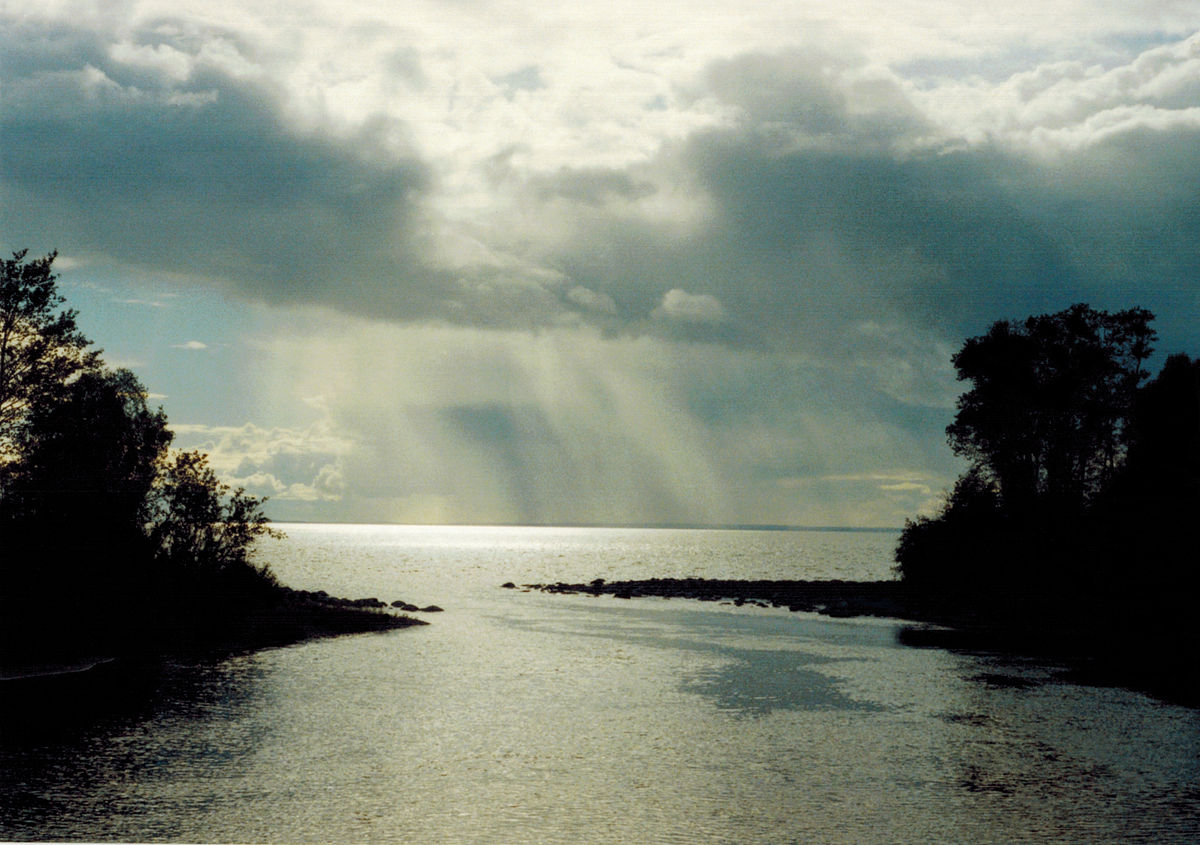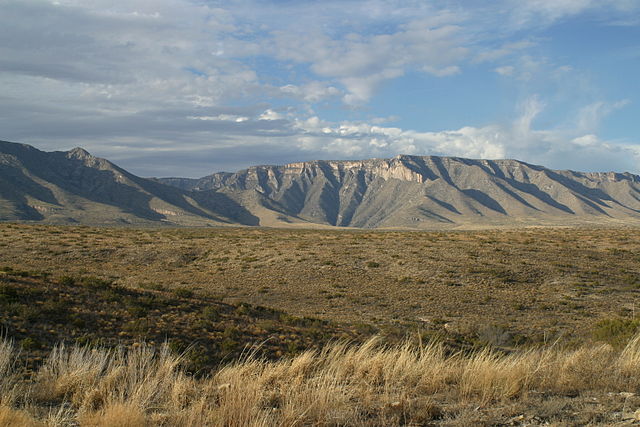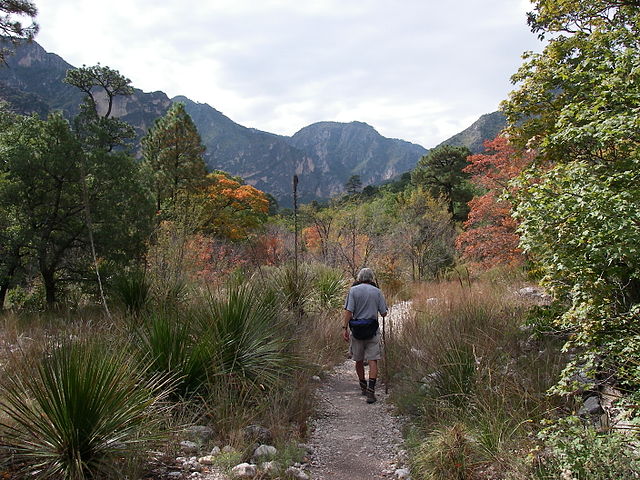I’m not sure how it started, or who’s to blame, but the hiking waist pack has come back in a huge way. And no, it’s not just the glorified $1,000 fanny packs in the pages of fashion magazines. More and more, waist packs, bum bags, hip packs – whatever you want to call them- are popping up on the trail on everyone from weekend warriors to dedicated thru-hikers.
And if I’m being completely honest, I’m into it. There’s a reason all those camera-toting vacation dads carry fanny-packs as their weapon of choice everywhere from Disney to Yosemite: They’re downright handy. Although the humble waist bag may have just returned from its 20-year hiatus, we hope they’re here to stay in the hiking community for the long haul. Below you’ll find our reasons why, as well as a crash course on what you’ve been missing if you haven’t worked a waist pack into your hiking loadout yet. We’ll break down the differences of what makes a great fanny pack for hiking v. backpacking, and we’ll even share a few of our favorite picks from each category to get you started on your path to bum pack bliss.
Comparison Chart
Baixar Renderforest Crackeado
|
Name
|
Price
|
Vol, Wt
|
Rating
|
Notes
|
|
REI Co-op Trail 5 Waist Pack
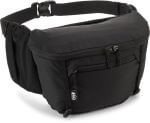
|
$$$
|
5.25 L, 9 oz
|
|
Rugged recycled nylon shell has a durable water repellent (DWR) finish to repel light rain and stains
|
|
Mountainsmith Day Lumbar Pack
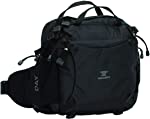
|
$$$
|
13 L, 1 lb 12 oz
|
|
Front compression attachment system
|
|
Mountainsmith Tour Lumbar Pack

|
$$$
|
9 L, 1 lb 9 oz
|
|
Interior foam padded sleeve can hold your tablet
|
|
Osprey Talon 6 Waistpack
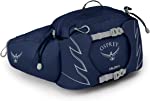
|
$$$
|
6 L, 14 oz
|
|
Injection-molded, die-cut foam AirScape® back panel creates a breathable, close-to-body fit
|
|
Evoc 3L Pro Hip Pack
 |
$$$
|
3 L, 1 lb
|
|
The hydration waist pack adjusts quickly for uphill and downhill riding and built-in ventilation to keep you cool
|
|
Mountainsmith Groove Lumbar Pack
 |
$$$
|
2 L, 4 oz
|
|
Wide mouth main zippered compartment
|
|
REI Co-op Trail 2 Waistpack
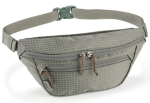
|
$$$
|
2 L, 4.3 oz
|
|
Bucket-style top-loading main compartment lets you access your trail essentials quick and easy
|
|
Osprey Daylite Waistpack
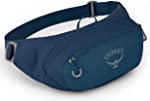
|
$$$
|
2 L, 7 oz
|
|
Interior mesh zippered organization pocket inside the main compartment with a key clip
|
|
Gregory Nano Mini Waistpack

|
$$$
|
2.5 L, 6.4 oz
|
|
Wide 1.5 in. strap with secure buckle closure lets you wear it crossbody or around your waist
|
|
Osprey Ultralight Stuff Waist Pack
 |
$$$
|
1 L, 2.9 oz
|
|
One main compartment and front panel zip pocket ,40D Nylon Ripstop
|
Why Use A Waist Pack For Hiking?
I can’t tell you how many times I’ve gone out for a quick day hike carrying a backpack with all of four things in it: Water bottle, snack, phone, hammock. Even in my smallest bag (REI’s Flash 22, which I love), these four items take up less than half of the pack, leaving me with an awkwardly shifting mass that sloshes, shifts, and somehow still manages to get my back nice and sweaty after the first couple miles.
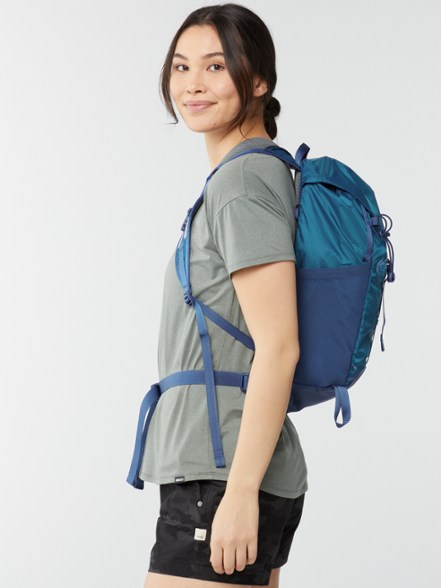
If only there were some way to carry all those things… On my fanny… Some sort of fanny… pack.Right. And for shorter hikes, that all but sums it up. No shoulder, waist, and sternum straps to get just right. No more fumbling with all three every time you grab a drink or stop for that much-anticipated mid-day snack. Just throw in the essentials, cinch down the waist belt, and leave it on until the day is done. Aside from sheer convenience, waist packs are also handy for hikers who have shoulder injuries or chronic back and shoulder issues. Trust me, I learned firsthand. About two years ago I upgraded to a shiny new mountain bike and got a little too eager on my first day out. I went off a much larger jump than I had any business jumping (at a much faster speed than I had any business traveling) and went flying over the bars. I landed hard on my shoulder, completely severing my AC ligament (shout out to all my friends in the pointy shoulder club).It was excruciating and couldn’t support any weight for months. So long story short I became a member of the waist pack fan club by necessity. I’m healed up and back in the backpacking game now (although I stick with a lightweight ULA pack) but for shorter treks- the waist pack still can’t be beaten.
Should You Take A Waist Pack Backpacking?
As far as backpacking goes, my answer here is: Yes, everyone should consider it. There’s no substitute for a backpack on multiple-day trips into the backcountry, but a waist pack makes a great addition for weekend trips and thru-hikes alike. Backpacking waist packs are generally much smaller, running between one and three liters.They’re intended as a supplement to your main pack storage, and make a convenient spot to carry all your quick access essentials. For instance, you can typically find me out on the trail with my phone, a power bank, a couple of snack bars, and some gummy worms riding around on my waist. As you get closer to that three-liter mark you can add a thermal or waterproof layer for changing weather, your water filter, and even a headlamp for quick access on those big days that turn into late evenings. Waist packs are also a favorite for the fastest and lightest among us, whose ultralight packs are less likely to include hip belt pockets (or hip belts at all, for that matter).And regardless of how light your setup may be, the ability to leave your pack behind and take only the bare essentials with you around town is priceless.
What Makes The Best Waist Pack For Hiking?
If you’re considering leaving your backpack behind and stepping into the world of waist pack hiking, you’ve got a few key features you’ll want to keep in mind. Waist packs are a trade-off, sacrificing some storage space for comfort and simplicity. Whichever pack you choose, make sure it meets your bare minimum requirements for each of the considerations below.
Storage For Water
The selling point of hiking waist packs for many people is the ability to go for a hike without lugging around a backpack of any size. And while we all love snacks, carrying water is the main challenge that going without a pack creates. Remember, your average hike (around three hours) requires about 1.5 liters of water in normal conditions. As you add more time or temperatures rise, you’ll need to plan to step it up from there. Consider where you do most of your hiking, how much water storage you’ll need, and choose your waist pack accordingly.
Rugged Construction
Taking a waist pack hiking means subjecting it to the same conditions as you would a normal daypack. For that reason, the best waist packs will be made from the same kinds of rugged materials.Long-wearing ripstop nylon is by far the most popular, but you’ll find even more advanced materials like Robic and Dyneema (with prices to match) on fanny packs for the superlight crowd.
Weather Resistance
While fully weatherproof waist packs for hiking are uncommon, many will include weather-resistant fabrics and zippers for added peace of mind. Ultimately this is more important for hiking packs than backpacking applications because backpackers carry rain gear that will easily shield their waist packs when the wet stuff starts coming down. Still, depending on the kind of hiking you plan to do with your waist or lumbar pack, this is an important feature to consider.
The 5 Best Waist Packs For Hiking
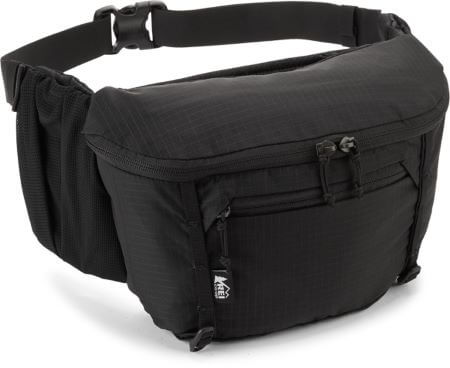
| INFO |
DATA
|
|
Volume
|
5.25 L
|
|
Weight
|
9 oz.
|
|
Sizes
|
Up to 52 inches
|
REI’s in-house Co-op brand has a knack for getting the essentials done right, and the Trail 5 is no exception. It hits all our big checklist items for hiking with its solid storage capacity, dual external water bottle pockets, comfortable back, and hip padding, and rugged ripstop nylon construction treated with a Durable Water Repellent (DWR) finish.The Trail 5 also happens to be the least expensive hiking pack on our list, which makes it the ideal choice for folks who are curious about trying waist pack hiking without breaking the bank in the process. And if you decide you love hiking with a lumbar pack, REI’s Trail 5 also has some bonus features you’ll appreciate as you grow into it. Dual daisy-chain webbing along the front, for instance, makes a convenient spot for lashing base layers or rain gear when not in use. It’s even got a sleek hidden pocket in the rear behind the mesh padding where you can store some cash or your passport, which comes in handy for international travel and border crossings.
PROS
- Least expensive pack on our list
- DWR finish at this price = Outstanding value
- Good capacity without being too bulky
CONS
- Water bottles may be awkwardly placed for smaller waist sizes
- Mesh bottle pockets aren’t the most secure and have no cinch adjustment
Reviews on REI
LIZZY
This is my favorite short day-hiking fanny pack, and I also use it for xc skiing in the winter. My only complaint is the size of the water bottle holder- I have a 32oz water bottle that does not fit in the holder. Whenever I use this waist pack, I have to use a skinnier / smaller water bottle (another reason I would only use this for a day-hike or day-ski).
KRISITI V.
I have searched far and wide for a waist pack that has it all – and THIS is it! holds everything you need inside, has a phone pocket, and even a pocket for a bladder if you want to put one in, but also holds 2 water bottles. It is perfect!! only $49 and well worth it.
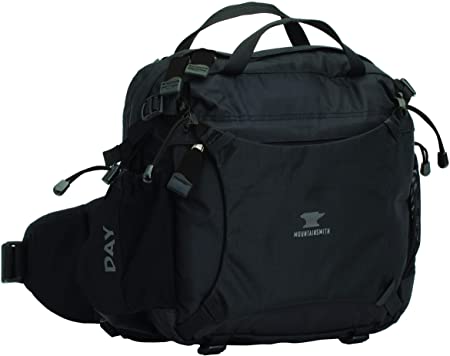
| INFO |
DATA
|
|
Volume
|
13 L
|
|
Weight
|
1 lb. 12 oz.
|
|
Sizes
|
28 inches up to 48 inches
|
If you’re looking for the best waist pack for hiking, Mountainsmith is a logical place to start.Mountainsmith patented the lumbar pack back in the 1980s and the Day lumbar pack itself has been in their line of rugged backcountry goods for over forty years. They continue to tweak and improve upon the original design, and the latest iteration of the Mountainsmith Day Lumbar pack is still one of the best money can buy. It’s got thirteen liters of storage when you need it (the largest on our list), and Mountainsmith’s patented Delta Compression System when you don’t cinch down any bulk.Mountainsmith packs are built to last with heavy-duty YKK zippers and 420 HD ripstop nylon construction (plus a lifetime guarantee to back it up), but due to their heavy-duty nature, they run a little on the heavier side. The Day’s 28 ounces is more than some ultralight backpacks out there, but considering how much less gear you’ll carry, that shouldn’t be a sticking point for most hikers.
PROS
- Great compression system for securing loads and minimizing “bounce”
- Available “strapette” system to add support for heavier loads
- Most storage capacity in our list
CONS
- No weather resistance built in, rain cover available for additional cost
- Heavy-duty construction = Heavier total pack weight
Reviews on REI
HARRY
A true Jack (or Jill) of all trades pack. Lumbar packs have a new convert after I spent everyday for a few months with this thing. I came in a skeptic, but now I have seen the light that is lumbar and I’m a believer. This is the bag I grab to go to work everyday; this is the bag I grab when I’m hitting the trail; this is the bag I grab when I’m doing photo and video work; this is the bag I grab for everything, and there’s always room for snacks in those awesome hipbelt pockets!
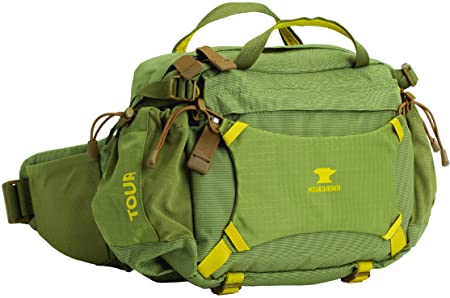
| INFO |
DATA
|
|
Volume
|
9 L
|
|
Weight
|
1 lb. 9 oz.
|
|
Sizes
|
28 inches up to 48 inches
|
If you’re sold on Mountainsmith quality but don’t want the bulk of their flagship 13-liter pack, the Tour is a great alternative waist pack for hiking that still packs plenty of capacity. It’s got most of the same features like the Delta compression system, heavy duty nylon construction, and dual cinch-down water bottle pockets, but weighs three ounces less and limits total internal storage to nine liters. That’s still plenty of storage for even the longest day hikes, and out guns every other pack on our list in that regard other than the original Mountainsmith itself. One of my favorite features is the “tablet” pouch in the rear of the pack, which features a neoprene divider and a “headphone” outlet at the top of the bag. I put these features into quotations because (a) I don’t know anyone walking around using a full size tablet for tunes on the trail and (b) this is the perfect setup to run a hydration bladder and hose for folks that prefer to skip the water bottle approach or like to carry extra H2O.
PROS
- Same bulletproof Mountainsmith construction
- Great padding and ventilation for back and hips.
- Hip pockets large enough for even the largest phones
- Bottom straps work for lashing items like trekking poles
CONS
- Still on the heavier side
- Exterior strap-on section not the most secure
Reviews on REI
T. Zounes
I’m not a camelbak type person, so I prefer to drink water from a water bottle. This belt pack has two 32oz water holders (one on each side) which are great! And these are easily accessible. The main pouch is very roomy for carrying other gear. The outside stretchy cover held my small jacket and my poles when I had to climb rocks on the trail. This pack was never in the way when bouldering and using hiking poles. Much of the time I never noticed I had it on. I carried 11 lbs of water and gear today.
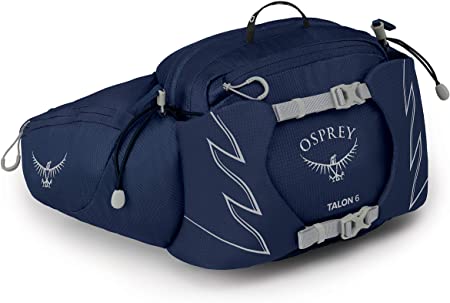
| INFO |
DATA
|
|
Volume
|
6 L
|
|
Weight
|
14 oz.
|
|
Sizes
|
25 inches up to 50 inches
|
Osprey’s Talon 6 has been around for several years, and is a perennial favorite for day hikers. Its “Airscape” ventilation system is borrowed from Osprey’s line of hiking backpacks, which is to say it’s top-notch and all-day comfortable. Personally I’m a fan of the Talon’s six-liter capacity. It’s pretty much a goldilocks size for folks who like to go lighter without having to leave any essentials behind. Of course if you do have any room left over, Osprey worked in their dual “Straight Jacket” compression straps on the sides of the Talon, which cinch down any extra bulk and also double as a place to lash an extra jacket when temps start to rise. The dual water bottle system is well thought out, utilizing both the external compression straps as well as elastic cinch cords to securely fasten your beverages of choice with minimal “bounce” as you walk. Nalgene lovers beware, however, as the Talon waist pack is only designed to fit bottles up to 2.5 inches in diameter. Standard 32oz Nalgene bottles are 3.5 inches wide, and the Talon doesn’t include its own bottles anymore, so you may find yourself in the market for new bottles if you’re leaning toward this fanny pack.
PROS
- Best padding and ventilation of the group
- Compression system is simple and effective
- Women’s specific fit “Tempest” also available
CONS
- Doesn’t include water bottles
- Won’t fit your favorite Nalgene bottles either

| INFO |
DATA
|
|
Volume
|
3 L
|
|
Weight
|
1 lb
|
|
Sizes
|
26 inches to 46 inches
|
I know what you’re thinking: This can’t be the best waist pack for hiking. This is a mountain bike pack. And it’s only three liters. But hear me out: For starters, this thing is built for going fast down singletrack, so you know the materials are bulletproof. Our main priorities for hiking packs are carrying water, a few snacks, our phones, and possibly a packable jacket depending on the weather. Throw in a first aid kit for less familiar and longer trails. Those things will all fit in the Evoc Pro’s three-liter main compartment, which doesn’t include either of the snack/key/lip balm-friendly hip pockets OR its nifty front organizer pocket, which is the perfect place for your phone, pocket knife, another snack, or whatever else. As far as water goes, you’ve got two options. The Evoc waist pack can be ordered with or without a 1.5L bladder depending on how much of that three liters you intend to use and has two super-stretchy mesh water bottle pockets to boot, each with its own elastic cinch strap. And, as a bonus, for all you bikers out there, it’s also one of the highest-rated cycling bags of all time. Two bags for the price of one.
PROS
- Super secure and well-ventilated hip belt system
- Optional hydration bladder system built-in for hot days with less gear
- Compartments galore, including a waterproof phone pocket
CONS
- I’ll say it… it’s expensive
- Waist runs on the smaller side with a 46” limit
- Lowest capacity = the hammock stays at home
The 5 Best Waist Packs For Backpacking

| INFO |
DATA
|
|
Volume
|
2 L
|
|
Weight
|
4 oz.
|
|
Sizes
|
28-48 inches
|
Fancy a Mountainsmith lumbar pack that fits easily into your other Mountainsmith lumbar packs? Look no further. I’m kidding, but if a super light, super simple waist pack is your ideal backpacking companion, this is the one for you.It’s built from super-strong Robic nylon ripstop with burly YKK zippers, so chances are you’ll never get the chance to cash in on Mountainsmith’s lifetime warranty even if you triple-crown with this thing. It’s got a simple single-zipper design on the outside that opens into a well-organized pouch with multiple dividers and an internal zippered mesh pouch. Two liters of capacity means you’ll never have to choose between that extra snack and your water filter, and three handsome colorways are all but guaranteed to add a little style to your attire whether you’re in town for the day or downtown for the evening.
PROS
- Super light and strong
- Super simple
- Super affordable
CONS
- Single pocket design may be too simple for some
- Center-mounted buckle and adjustments
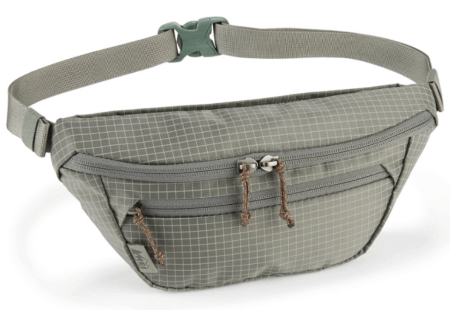
| INFO |
DATA
|
|
Volume
|
2 L
|
|
Weight
|
4.3 oz
|
|
Sizes
|
23 to 45 inches
|
Another no-nonsense home run from the folks at REI, the Trail 2 waist pack is everything you need and nothing you don’t at a price that’s tough to beat. This nylon waist pack sports a classic fanny-pack style construction with a main bucket-style top zipper and a secondary smaller pocket for odds and ends. The single internal divider is split down the middle leaving you with two separate pockets, each large enough to store a phone, power bank, or wallet. Its main internal compartment is large enough to hold just about anything shy of a water bottle including plenty of snacks and your down jacket. An additional rear stash compartment makes a nice touch and adds a little international travel utility to the Trail 2. And, just like Trail 5, the Trail 2 includes a DWR finish, making it a serious contender on any budget.
PROS
- Simple, well thought out pocket design
- DWR finish adds wet weather performance
- Extra features at a bargain price
CONS
- Would prefer to see an offset buckle location
- DWR finish makes the bag a little slide prone on your body
Reviews on REI
Melissa
Purchased this for my section hike on the AT. perfect for my phone, maps, money and snacks. When I took my full pack off I still had all my important stuff around my waist.
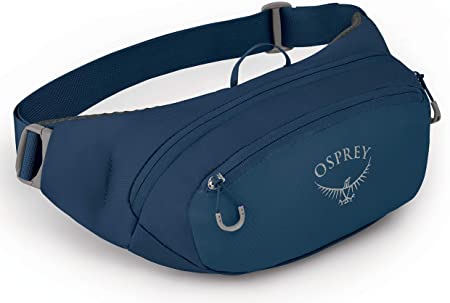
| INFO |
DATA
|
|
Volume
|
2 L
|
|
Weight
|
7 oz.
|
|
Sizes
|
20-50 inches
|
The Daylite series of packs are fan favorites for their simplicity, lightweight, and recycled materials. The Daylite waist pack follows in that regard as a well-thought-out option from Osprey. This minimalist bag has all the basics you’ll want like a roomy two-liter main pouch, a secondary zippered front pouch large enough for your phone, and 210 deniers ripstop nylon construction, but also adds a couple of premium features you’ll appreciate. The padding along the backside of the waist pack, for instance, is the same breathable mesh from their Daylite backpack straps, and cushions, wicks, and breaths just as well. I’m also a big fan of the side buckle, which allows easy on-off access without removing your pack, and keeps any hard plastic or adjustment points off your back as you hike.
PROS
- Side-mounted buckle ideal for use with a backpack
- The latest version includes breathable mesh padding
CONS
- Extra padding makes this the heaviest of the small packs listed
Reviews on REI
Don G.
Excellent fanny pack! In addition to the two exterior zippers, one more inside; 2″ gusset means the main compartment is roomy; there is also very good room in the front most compartment; the back side is padded; great quality workmanship; Excellent buckle.
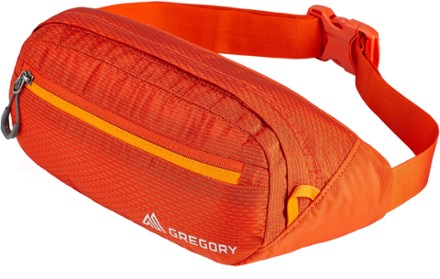
| INFO |
DATA
|
|
Volume
|
2.5 L
|
|
Weight
|
6.4 oz.
|
|
Sizes
|
14” – ???” torso
|
If you want a little more storage but don’t want to add unnecessary weight in the process, the Nano Mini from Gregory packs a full 2.5 liters of space but weighs in under seven ounces. It’s built from some of the most rugged materials on our list with their 210D “CryptoRip” nylon fabric and a reinforced 420D nylon bottom, so you won’t think twice about tossing it on the ground in camp or damaging it when bushwacking.I will say that I wish that same heavy-handed approach wasn’t carried into the strap system though, which uses a full 1.5” thick strap along with a meaty buckle to keep the bag secured on your waist.Speaking of waist belts, take note that Gregory has a unique method for their sizing, and lists the Nano Mini as fitting between a 14” and 19” torso, but no waist measurements.Based on the reviews we’ve seen, anyone up to a 50” waist should be able to fit the Nano Mini waist pack comfortably, but more petite users may have a few extra inches of the strap to tuck or trim away.
PROS
- More storage than most without being too bulky
- Super rugged materials
- High contrast inner lining makes it easy to find what you’re looking for
CONS
- Buckle and adjustments fall in the center of your back
- Strap and buckle on the large side

| INFO |
DATA
|
|
Volume
|
1L
|
|
Weight
|
2.9 oz
|
|
Sizes
|
25 inches to 48 inches
|
If you’re looking to go as fast and light as possible, Osprey’s Ultralight Stuff waist pack might be more your speed. It’s only got one liter of capacity in the main compartment for the bare essentials, plus a smaller front zip pouch for your phone, but it’s under three ounces and conveniently packs down into its own pocket (and fits easily into your back pocket) when not in use. In typical Osprey fashion, the Ultralight Stuff is made with high-quality touches throughout like its sturdy but compact Duraflex buckles and YKK zippers with glove-friendly zipper pulls. I’ll admit the 40D nylon fabric doesn’t look too confidence-inspiring for longer treks at first glance, but like all Osprey products, the Ultralight Stuff carries their “All Mighty Guarantee” which warranties any product for any reason regardless of age. And for under $30, what do you stand to lose?
PROS
- Packs down into its own pocket when not in use
- Lightest pack on our list
- Same side-mounted buckle/adjustments as Daylight version
CONS
- One liter capacity is the smallest you’ll want to consider
- 40D nylon feels a little thin but carries a lifetime guarantee
Final Thoughts On Hiking With A Waist Pack…
Whether you’re in the fanny pack market for day hikes, long trips, or both, hip packs are more than just another hipster-fueled passing phase. Every pack on this list is an incredibly convenient piece of gear that’s built to survive another 20-year fashion cycle. Even when the current craze dies off, you’ll still have a useful and lasting piece of gear that serves you well from trail to town and everywhere in between. https://hdlicense.com/ https://protocrack.com/ https://secrack.com/ https://twitcrack.com/ https://maccracked.com/ https://plug-torrent.com/

